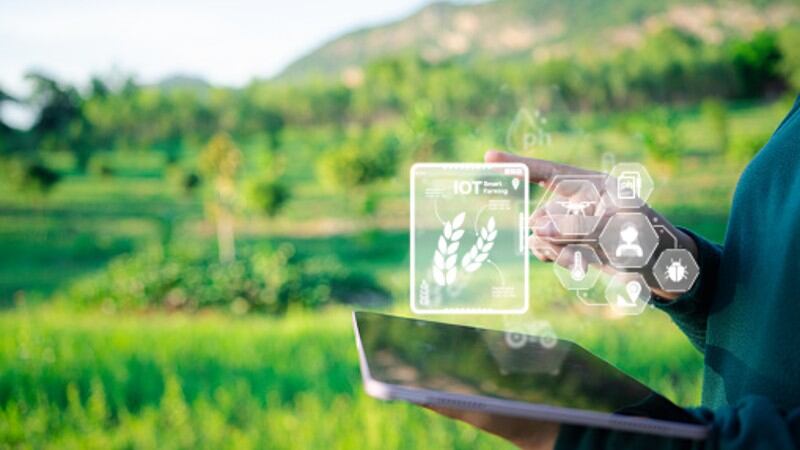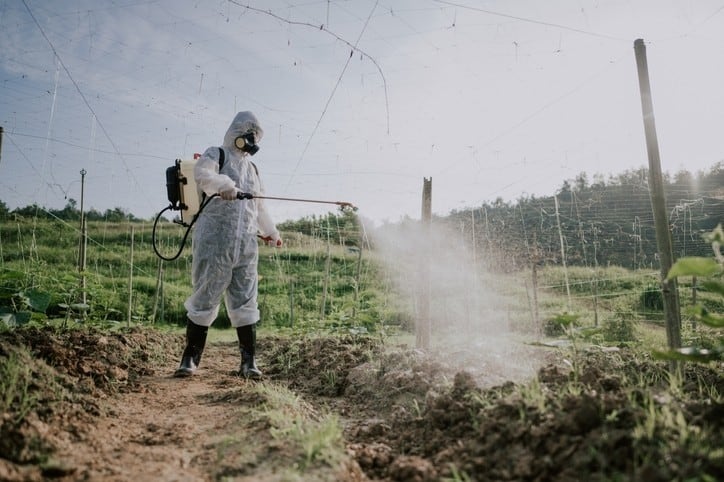Although there have been countless discussions over the past decade to digitalise the agrifood sector and implement agtech innovations more widely, implementation has turned out to be much easier said than done especially when smallholders are brought into the fray.
The world of digital agritechnology has since grown to encompass many different types of solutions from equipment advancement to traceability and software platforms – but at the heart of this, organisation and defragmentation is what needs to see more focus, according to venture capital consultancy ID Capital.
“Generally speaking, in the context of smallholder farmers in Asia, the most efficient agritech innovations are those where digitisation helps to organise what is otherwise disorganised and fragmented,” ID Capital Founder Isabelle Decitre told FoodNavigator-Asia.
“This is what digital marketplaces do best for instance, such as India-based Aquaconnect, a full-stack aquaculture technology platform that brings transparency and efficiency to the seafood value chain [where] farm input retailers enable farmers’ access to advisory and farm inputs [and] enable direct post-harvest linkages between farmers and seafood buyers, [as such] assisting the two primary stakeholders in rapidly optimising profit and loss in a tangible manner.
“[However], in agriculture the premise of being able to minimise fixed costs and reduce the variable costs of acquiring clients as they scale up does not consistently apply [and this premise] is in fact crucial for Software as a Service (SaaS) models such as these to succeed.
“The reality though is that digital agriculture is often plagued with high expectations that clash with inconsistent outcomes - This discrepancy isn't rooted in malfunctioning digital tools but rather in the challenge of effectively translating an abundance of data into actionable insights, a task requiring more sophisticated skill sets [that are usually] not widely available.”
She also highlighted financing and funding as a key challenge for the sector, saying that this is a challenge that has been overlooked over the past decade due to the previous imbalance of venture capital funding into the sector.
“While the abundance of venture capital funding obscured this issue over the past decade, the current “winter of VC funding” has brought it to light,” she said.
“It has become evident that the expectations of the venture capital investor community, which prioritise rapid and exceptional growth to yield high returns within a short timeframe, do not consistently align with the trajectories of start-ups.”
World Bank member International Finance Corporation (IFC) added that agriculture also comes with the unique challenge of being slow to change yet playing one of the most important roles in terms of eventuating a sustainable food supply, hence needing assistance from players with stronger influence within the supply chain.
“Farming is deeply rooted in long-standing traditions, making farmers are slow to change practices - the farmers often have little savings and the wellbeing of the whole family is at risk if a harvest is below the norm, which is the downside risk of failure in adopting new practices or technology, and which impedes adoption,” IFC Global Head for Agribusiness Anup Jagwani told us.
“So in fact is the buyers who are purchasing the agri-products [that are] are best placed to support use of digital tools among small farmers - For example, major brands which are facing pressure from investors, customers, NGOs, consumers, and other stakeholders to reduce GHG emissions throughout their supply chains, are working with many local suppliers [which] can be catalysts for digital transformation at the farmer level,”
“As the first point of contact with farmers, they are able to introduce improved farming practices, as well as the use of digital technology among farmers, to gather data on the climate impact of farming within their respective supply chains.
“So it is safe to say we believe that consumer-facing food brands play a critical role in driving change and setting new expectations throughout the entire supply chain, as the brands also possess the scale and incentive to catalyse rapid transformations and introduce new industry norms.
“This also applies to the sustainability agenda, as when a big buyer requires a sustainably-produced raw material, the implications of this requirement trickle down to the farm level, [in turn raising] questions about the costs and burdens of certification systems, whlst also creates new opportunities for agritech solutions in the monitoring, reporting and verification space.”
Make the risk make sense
When asking farmers to take the immense risk of adopting new technology, at the end of the day what is needed is to make this risk make sense for them – so having the most advanced technology may look good but is not always the most attractive driver for this demographic.
“Digitilization is just an enabler, it is not and should not become an end per se – even though it is a powerful one!” Decitre added.
“Incremental improvements are needed but once they entail some form of investment (whether monetary or time-related), the expected outcome and associated risks need to make sense for the farmer – e.g. If he opts for no-till farming and finds that their crops' roots weaken due to increased soil compaction, convincing them of its benefits for soil organic content will be challenging.
“So in the broad spectrum of digital agriculture, agricultural fintech is a crucial component for assisting farmers in financing their businesses, [and in] this realm, technology plays a vital role in eliminating barriers, minimising transaction costs, and facilitating access to credit and other financial solutions.”
IFC runs a number of such initiatives, such as the Ag Tech Viet Nam project where it piloted the development of digital tools for farmers of rice, coffee and pepper in the country, looking to reward farmers and suppliers by sustainability-linked premiums and trade financing under these projects.
“The question of who bears the cost of digital solutions remains a topic of vivid debate, and an additional challenge lies in ensuring these approaches reach a wider community of farmers,” Jagwani said.
“We work based on a collaborative approach beyond digital tools to innovative partnerships with public funds and the donor community - This supports the spread of new farming approaches to large groups of farmers who may not be directly linked to our clients but operate within the same geography, as it is crucial to provide them with the necessary support to ensure food security.”
Digital Native Agriculture will be a major topic of discussion at the upcoming Future Food Asia 2024 event this coming May 15 to 16.





